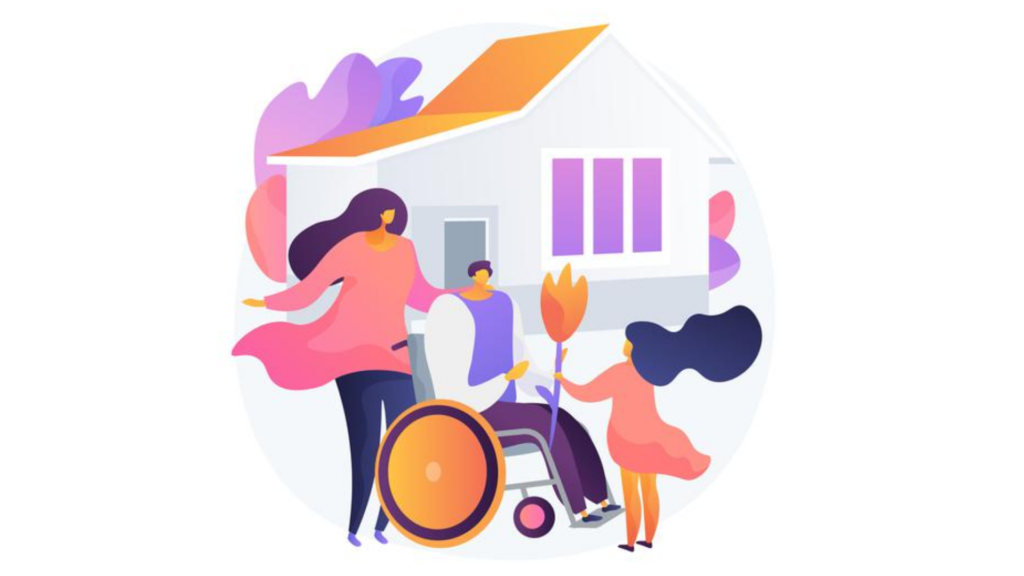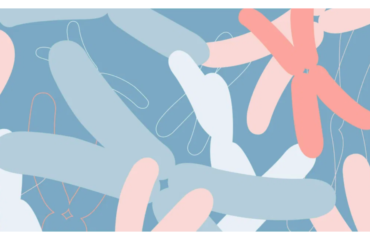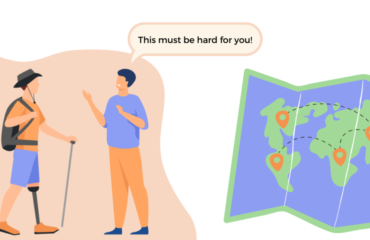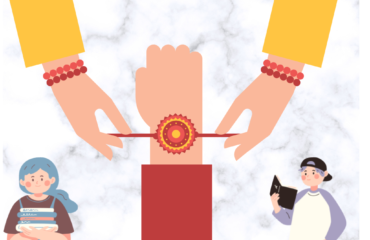
“Don’t be ashamed of your story, It is an inspiration to the others”
When we talk about “Neurodiversity” as a broad umbrella term, we are talking about structural and functional differences of the brain. However, what we also need to realise is that a number of disorders or conditions do come with a set of neurological implications which can also be classified under this term!
Today I will be talking about one such condition which although has its roots in the brain, it works quite differently from the other neurodivergent conditions. It is Cerebral Palsy.
What is the meaning of Cerebral Palsy?
As the name suggests, cerebral means related to the brain, and palsy means weakness or inconvenience in coordinating movements using the muscles. Cerebral palsy, also known as CP, is a broad range of disorders which can affect a person’s ability to coordinate movement, stand, maintain balance and posture. As it is a complex condition, different people manifest symptoms differently, making it a vast range with various types of CP.
What are the different types of Cerebral Palsy?
4 types of CP have been identified based on the region of the brain that is affected, alongwith observable movement issues & restrictions faced by specific body parts.
- Spastic CP: jerky movements, muscle and joint stiffness. This type of CP usually develops before birth, during delivery or within the first few years of life
- Athetoid CP: shows atypical involuntary movement
- Ataxic CP: usually have trouble with balance and spatial understanding. Children with ataxic CP have difficulty in knowing how close or far an object is from them
- Mixed CP: several regions of the brain controlling motor coordination is affected in this type of CP
Having said this, there are some common symptoms that are shown or manifested in most of the people affected by CP worldwide!
What are some of the common symptoms of CP?
These are just some of the symptoms commonly observed in people with CP:
- Inability to coordinate muscle movement while performing voluntary actions (ataxia)
- Stiffness/tightness in muscles (spasticity)
- Weakness in extremities (arms/legs)
- Walking on toes: a “scissored” gait
- Delays in motor skill developmental milestones
- Tremors, involuntary movements
But if we were to answer the question, what REALLY causes CP, would we know the crux of the matter? So let’s dive deeper and find out the origin of this disorder:
What really causes CP then?
The region of the brain that controls muscular coordination and movement is affected in CP which causes this condition. Damage to the developing brain before birth, during delivery or sometimes even after birth within the first 2-3 years of the child’s life can lead to the development of cerebral palsy. Some of the causes of CP that researchers and doctors have observed in the past include:
- Premature delivery of the baby
- Lack of blood, oxygen, nutrients to the baby before or during birth
- Serious head injury
- Serious brain infections like meningitis
- Jaundice in the infant
In quite a few cases the exact cause of CP is still unknown and there is a lot of research that is undertaken to understand this.
How can CP be managed or treated?
Many parents have questions and concerns for their child like, “Can CP be cured?”, “What is the treatment for CP?”.
CP is an irreversible condition and there isn’t any fixed cure or treatment for this. Since every individual has a unique case of CP, no standard therapy can work for every individual. There can be multiple combinations of treatment & therapy that are administered to the child depending on the severity of the symptoms & the body parts that are affected. A number of therapies can be used for the child to utilise and develop to their full potential and work towards a promising future. Some of these therapies include:
- Speech therapy
- Occupational therapy
- Physical Therapy
- Behavioural Therapy
Therapy is an ongoing process and can last for years for Cerebral palsy. In case you are noticing some of the symptoms in your child, please contact your GP at the earliest. If you would like to understand more about how CP works, we definitely recommend watching the movie: “Margarita With A Straw” We hope this article helped you to learn and understand more about this neurodevelopmental condition!




You must be logged in to post a comment.